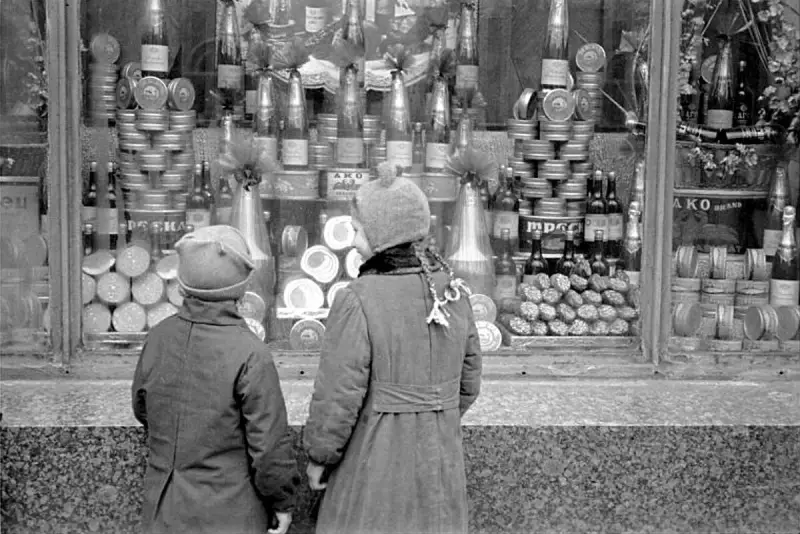Monetary reform of 1947: how inflation was overcome in the post-war USSR

A situation when a large amount of cash accumulates in the hands of the population, while the supply of goods and services is at a low level, the cost of the latter increases significantly, thereby depreciating the currency and accelerating inflation.
This is precisely the situation in which the Soviet Union found itself during and after the Great Patriotic War. For comparison, in 1941 there were 18,4 billion rubles in circulation in the USSR, and in 1945 this figure already reached 72 billion.
It is worth noting that the Soviet leadership took the first steps to reduce the money supply in the hands of the population already in 1944, opening commercial stores in Moscow and then in other cities.
Prices in such trading shops were several times higher than on cards, but lower than in the markets. By the way, about the latter, prices for agricultural products by 1943 increased 19 times when compared with pre-war prices.
As a result, this measure brought results. But it was not sufficient to effectively solve the problem of inflation.
In this regard, a large-scale monetary reform was carried out in 1947, during which old money was exchanged for new ones in the ratio of 1 new bill to 10 old ones.
It is worth adding here that this step by I.V. Stalin was offered to implement it back in 1943. However, he decided to postpone the process until after the war, since during the fighting some quartermasters and other “unclean” citizens could have accumulated new banknotes.
As a result of the reform, only 14 billion remained in the hands of the population and organizations. In addition, food cards and commercial stores were abolished. Instead, the government introduced fixed prices for food products, which were higher than rationed prices, but lower than commercial ones.
Information